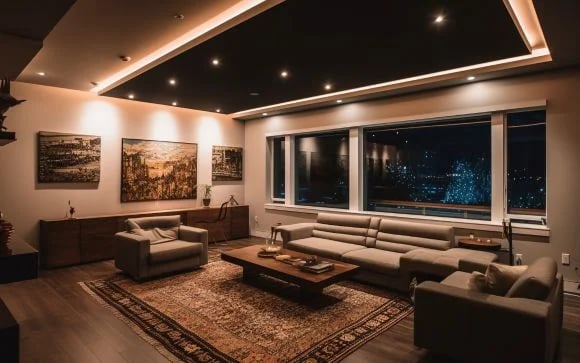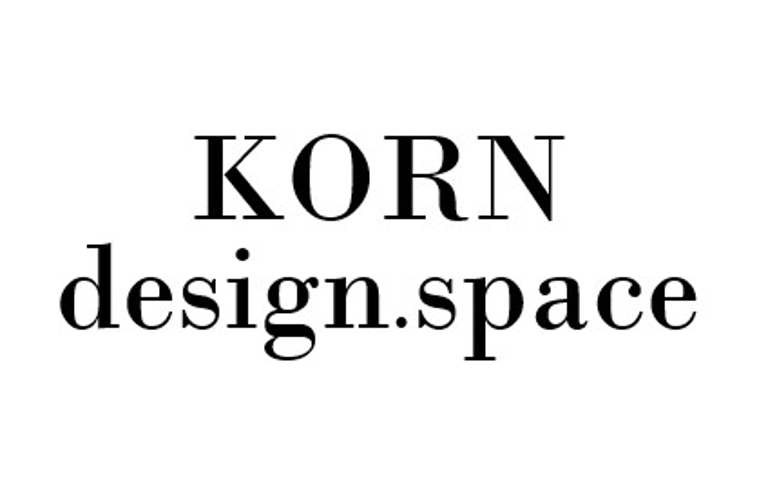the role of interior lighting
we will examine the vital role of lighting in interior design and provide insights, suggestions, creative ideas, and novel approaches to lighting.
5/28/20253 min read


Lighting is one of the key aspects of any interior design because it affects how people see the size of the room and the mood it establishes. Appropriate lighting will indicate whether you prefer a cozy, warm ambiance or an energetic, bright ambiance.
In this blog, we will examine the vital role of lighting in interior design and provide insights, suggestions, creative ideas, and novel approaches to lighting.
The Fundamentals of Lighting in Interior Design
Ambient lighting in interior design is light that illuminates the entire space. It is often realized through overhead fixtures and natural light sources. The lighting itself defines a room's concept and mood.
Task lighting is directed at activities or jobs such as reading and cooking. It is generally found in spots where more light is needed, such as a table, desk, or under the cabinet, and it can be achieved from floor or table bulbs or under-cabinet lighting.
Accent lighting highlights a room's artwork, architectural elements, and other focus points. Track lighting, picture lights, or wall-mounted fixtures provide the appearance of depth and dimension.
Color Temperature and Its Impact on Interior Design
The color temperature determines whether the light source is warm or cool. It is measured in Kelvin degrees (K) and directly affects an area's mood and overall ambiance. Understanding color temperature in interior design is very important because it will hugely affect the mood you want to create.
Temperatures between 2700 and 3000 are often used to create ambiance in bedrooms and living spaces. Cooler color temperatures (between 4000K and 5000K) promote happy and concentrated environments, making them ideal for study spaces or offices. You can select the suitable color temperature for your home design by considering each area's mood and function.
Understanding Light Fixtures and Bulbs
Light fixtures and bulbs should be chosen based on their utility and aesthetic appeal. First, analyzing the need for illumination and the quantity required for a given room is vital. Now, considering this, one can think of the fixtures in terms of their dimensions, shapes, and placements so that they neither overwhelm nor underwhelm the room. Last but not least, considerations about the types of bulbs to be used, such as LED or CFL, are beneficial regarding energy efficiency and life span. Lastly, ensure that the style and design match the interior décor.
The Importance of Layered Lighting
Layering of Lights is intentionally placing multiple lighting sources within a specific space. It involves the function of ambient, task, and accent lighting in forming a balanced and functioning environment. It has various benefits.
Layered lighting helps to create a more appealing atmosphere in the room.
It raises the depths and dimensions of the space and gives focal points.
It also enhances the management of various activities and events.
To achieve appropriate lighting balance, vary the height and fixture position, blend overhead, wall, and table/floor lamps, add dimmer controls, and consider the daylight. Lighting layers transform an ordinary space into an inspiring and functional environment.
Lighting Trends and Innovations
Biophilic lighting aims to create brightness that brings nature into indoor spaces. It functions similarly to natural daylight, using materials and colors to create an earthy, relaxing, and stress-reducing environment.
Human-centric lighting aims to improve our health and well-being by considering our daily routines. It regulates the color temperature and intensity of light throughout the day to provide appropriate lighting conditions for various activities and periods, affecting our sleep patterns and mood.
Smart Lighting means lighting systems that can be operated remotely or independently. Users can thus dim the light, select the color temperature, and set lighting scenes using an app on their smartphone or with voice commands.
Sustainable lighting aims for high energy efficiency and low environmental impacts. Such conclusions could also be made from the other sides of the project goals, which focus on lowering energy use by employing LED bulbs, natural light with daylighting strategies, and smart control systems.
Conclusion
Interior design revolves primarily around the use of space and furniture, but lighting comprises a dominant element that essentially defines the aesthetics and functionality of the room. For luxury interior designers, knowing the craft of lighting is essential to create elegant and gorgeous spaces. The best interior designers can very well claim to be the lighting masters in their own right, with classic and bespoke lighting creations by KORN design. Informed of how different lighting impacts people, they engage their clients in customizing ordinary areas into beautiful havens that reflect their unique tastes.
Lighting is one of the most effective tools available to enhance any space's look, utility, and comfort. A well-balanced combination and distribution of ambient, task, accent, and even decorative lighting make all the difference. KORN Design’s experience in lighting design guarantees that all the projects completed by KORN Design have the appropriate blend of purpose and fashion, setting new standards in interior design.
Creation of space
Creating refined spaces with quality and individuality.
Contact
for dialogue :
+380956004742
© 2025. All rights reserved.
